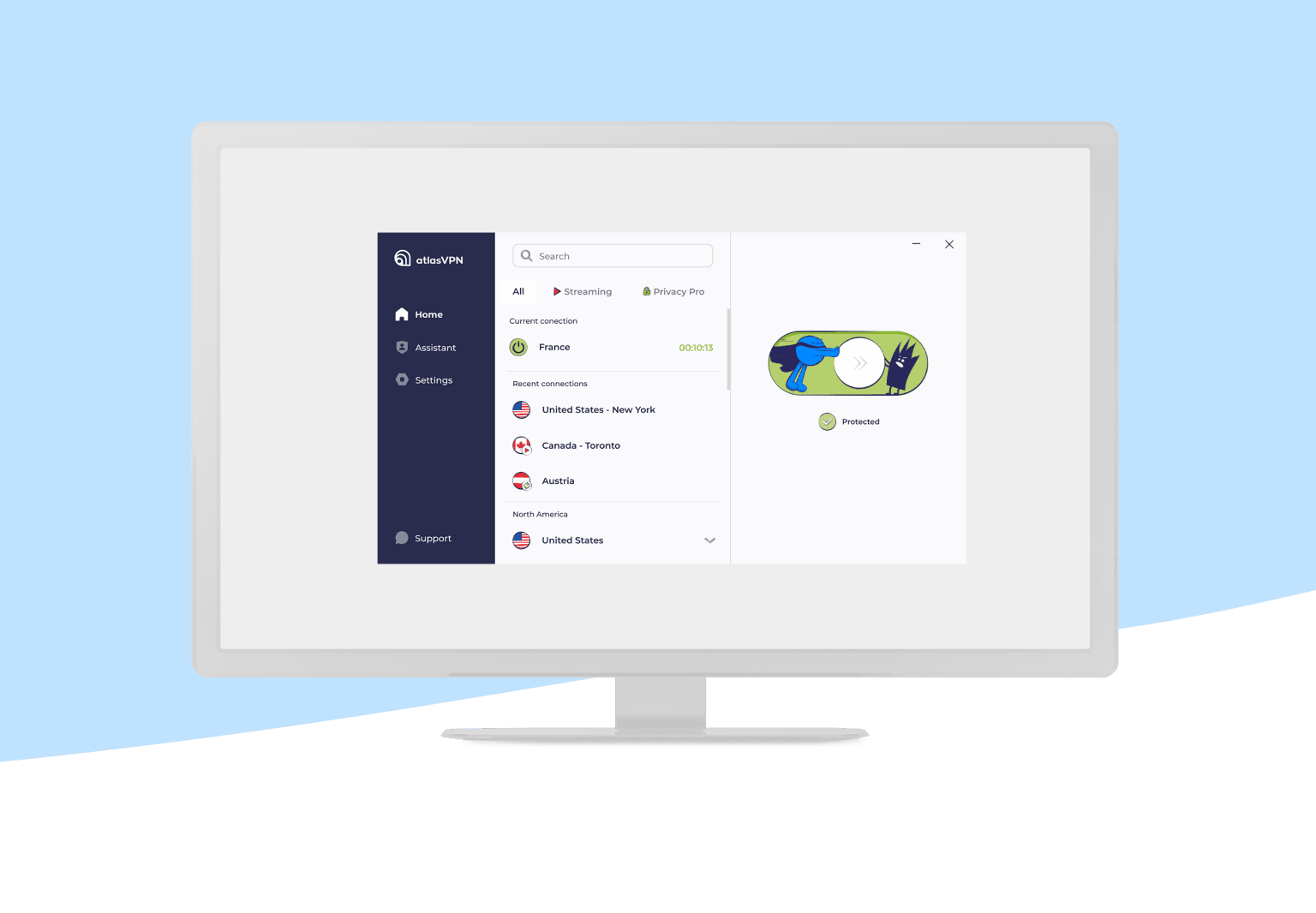Advanced Strategies for Social Media Optimization
1. Leverage User-Generated Content
User-generated content (UGC) can be a powerful tool for engaging your audience and boosting your algorithmic performance. Encourage your followers to create and share content related to your brand or industry. This can lead to
- Increased Engagement UGC often garners higher engagement rates, as it involves real users sharing their experiences.
- Authenticity Content created by users can be perceived as more genuine and trustworthy.
- Broader Reach When users share their content, it extends your brand’s visibility to their network.
2. Invest in Social Media Ads
Social media advertising can complement organic strategies by boosting your content’s reach and visibility. Ads can be targeted based on demographics, interests, and behavior, allowing you to
- Reach Specific Audiences Tailor your ad campaigns to target your ideal audience segments.
- Increase Engagement Promoted content often receives higher engagement due to its visibility.
- Track Performance Use analytics tools to measure the effectiveness of your ads and optimize campaigns.
3. Collaborate with Influencers
Influencer partnerships can enhance your reach and credibility. Influencers can help amplify your message to their followers, resulting in
- Expanded Audience Access to new audiences who may be interested in your brand.
- Enhanced Credibility Influencers can lend authority and trust to your content.
- Increased Engagement Influencer-driven content often sees higher engagement rates.
4. Utilize Video Content
Video content continues to dominate social media platforms. Platforms like Facebook, Instagram, and TikTok prioritize video content due to its high engagement potential. To optimize video content
- Create Engaging Videos Focus on storytelling, high-quality visuals, and compelling calls-to-action.
- Leverage Live Streaming Live videos often receive higher engagement and visibility.
- Optimize for Platform-Specific Formats Tailor your videos to fit the format and style preferred by each platform.
5. Monitor Algorithm Updates
Social media algorithms are frequently updated to enhance user experience and platform performance. Stay informed about these changes to adapt your strategy
- Follow Platform Announcements Keep up with updates and changes announced by social media platforms.
- Join Industry Groups Participate in forums and groups where professionals discuss algorithm changes and trends.
- Adapt Strategies Adjust your content and engagement tactics based on new algorithm features and updates.
Case Studies Successful Algorithm Optimization
1. Case Study Brand X’s Social Media Strategy
Brand X, a fashion retailer, successfully improved its social media performance by implementing the following strategies
- Engaging Content Brand X focused on creating high-quality, visually appealing content that resonated with its target audience.
- Influencer Partnerships Collaborations with fashion influencers helped amplify their reach and credibility.
- Consistent Posting Regular posting and engaging with followers led to higher algorithmic rankings and visibility.
2. Case Study Company Y’s Use of Video Content
Company Y, a tech company, enhanced its social media presence through effective use of video content
- Tutorial Videos Company Y produced educational videos that provided value to their audience.
- Live Streams Hosting live Q&A sessions and product launches increased engagement and visibility.
- Platform Optimization Videos were optimized for different platforms, resulting in improved performance across channels.
3. Case Study Nonprofit Z’s Community Engagement
Nonprofit Z leveraged user-generated content and community engagement to boost its social media presence
- User-Generated Campaigns Encouraged supporters to share their stories and experiences.
- Community Involvement Engaged with followers by responding to comments and participating in discussions.
- Strategic Posting Used insights from analytics tools to post content at optimal times for their audience.
Ethical Considerations in Social Media Algorithms
1. Transparency
Social media platforms should be transparent about how their algorithms work and how user data is used. Transparency helps build trust and allows users to understand the content they see.
2. Data Privacy
Respecting user privacy is crucial. Platforms should implement robust data protection measures and ensure that user data is handled responsibly and securely.
3. Avoiding Manipulation
Algorithms should be designed to avoid manipulating users or promoting harmful content. Ethical practices should prioritize user well-being and prevent the spread of misinformation.
Navigating social media algorithms can be complex, but understanding how they work and employing advanced strategies can significantly enhance your social media presence. By creating high-quality content, engaging with your audience, leveraging advertising and influencer partnerships, and staying informed about algorithm updates, you can effectively optimize your social media efforts. Remember to keep ethical considerations in mind to ensure that your practices align with best standards and promote a positive user experience.
Staying adaptable and proactive in your approach will help you maintain a strong social media presence and achieve your marketing goals. Keep experimenting and refining your strategies to stay ahead in the ever-evolving world of social media.
Frequently Asked Questions (FAQ)
1. What is a social media algorithm?
Answer: A social media algorithm is a set of rules and processes used by social media platforms to determine which content appears in a user’s feed. These algorithms analyze factors such as user engagement, relevance, and timeliness to personalize the content shown to each user.
2. Why are social media algorithms important for content creators?
Answer: Social media algorithms are important for content creators because they influence the visibility and reach of their posts. Understanding how these algorithms work allows creators to optimize their content and strategies to increase engagement and maximize their audience reach.
3. How do social media algorithms decide what content to show?
Answer: Social media algorithms evaluate content based on several factors, including user engagement (likes, comments, shares), relevance to the user’s interests, the recency of the content, and the user’s interaction history with similar content. These factors help algorithms prioritize posts that are most likely to engage the user.
4. How can I improve my content’s visibility on social media?
Answer: To improve your content’s visibility, focus on creating high-quality and engaging content, post consistently, use relevant hashtags and keywords, and interact with your audience. Additionally, leveraging analytics tools to understand what works best for your audience and optimizing post timing can also help enhance visibility.
5. What are some common mistakes to avoid with social media algorithms?
Answer: Common mistakes include:
- Ignoring Analytics: Failing to use analytics tools to track performance and adjust strategies.
- Inconsistent Posting: Irregular posting can reduce engagement and visibility.
- Overlooking Engagement: Not actively engaging with your audience can impact your content’s reach.
- Using Irrelevant Hashtags: Using unrelated hashtags can decrease your content’s relevance and engagement.
6. How often do social media algorithms change?
Answer: Social media algorithms are updated frequently as platforms continuously refine their processes to improve user experience. These updates can affect how content is ranked and displayed. It’s essential to stay informed about algorithm changes and adjust your strategies accordingly.
7. Can I control which content I see on my feed?
Answer: Most social media platforms offer some level of control over the content you see. You can customize your feed by following or unfollowing accounts, muting or blocking content, and adjusting your notification settings. Some platforms also allow users to influence their feed preferences through settings and preferences.
8. What role do hashtags play in social media algorithms?
Answer: Hashtags help social media algorithms categorize and understand the content of your posts. Using relevant hashtags can increase your content’s discoverability and reach by making it easier for users interested in those topics to find your posts.
9. How can I stay updated on social media algorithm changes?
Answer: To stay updated, follow platform announcements and blogs, join industry forums and groups, and subscribe to newsletters from social media marketing experts. Keeping an eye on changes and trends will help you adapt your strategies and maintain an effective social media presence.
10. Are there any ethical considerations related to social media algorithms?
Answer: Yes, ethical considerations include ensuring transparency about how algorithms work, respecting user privacy and data protection, and avoiding manipulative practices or the spread of misinformation. It’s important for platforms and content creators to prioritize user well-being and adhere to ethical standards.




















